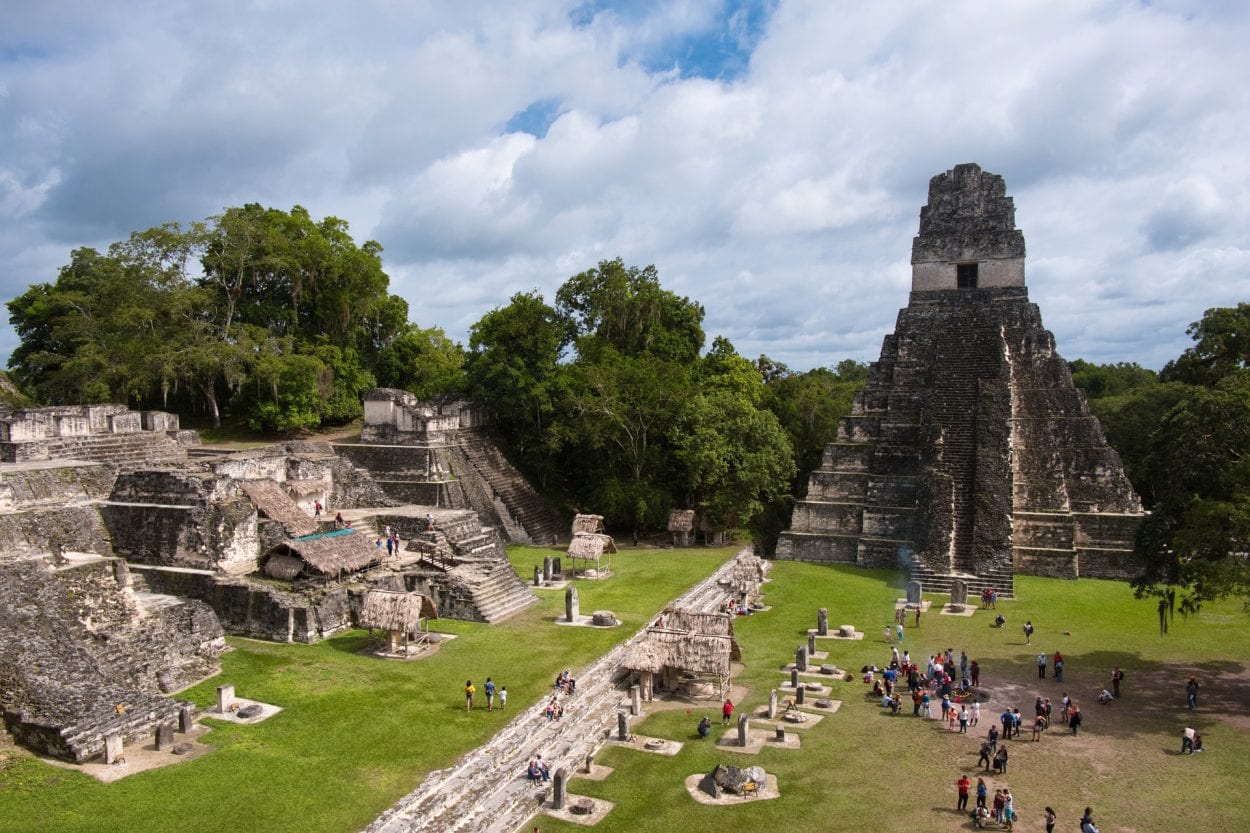Archaeologists conducting surveys of the ancient Mayan site of Tikal have discovered a pyramid complex that has distinct architectural features that resembles Teotihuacán, the largest city in the pre-Columbian Americas located 800 Miles away in the Valley of Mexico.
Tikal, derived from ti ak’al in the Yucatec Maya language was an urban centre of the pre-Columbian Maya civilisation that emerged in the rainforests of Guatemala in the region of the Petén Basin.
In 2018, archaeologists from Brown University, in sponsorship by the PACUNAM LiDAR Initiative surveyed the heart of the Tikal complex using Light Detection and Ranging (LiDAR), a method of remote sensing with light in the form of pulsed lasers to compile a 3-D digital map of the landscape where archaeological features are obscured.
The survey revealed a buried pyramid with an associated enclosure and structures that resembles the square at Teotihuacán known as the Citadel.
Last summer, Edwin Román-Ramírez, the director of the South Tikal Archaeological Project began a series of excavations into the ruins which uncovered darts made from green obsidian from central Mexico, an incense burner decorated with an image of the Teotihuacán rain god, a burial that features Teotihuacan-style offerings, and weaponry typical of Teotihuacán.
The coronavirus pandemic has delayed radiocarbon dating the complex, but a study of the form of the ceramics recovered suggest that the construction of the complex commenced at least 100 years before AD 378, a date proposed as the conquest of Tikal by Teotihuacán.
Román-Ramírez told National Geographic: “We knew that the Teotihuacanos had at least some presence and influence in Tikal and nearby Maya areas prior to the year 378. But it wasn’t clear whether the Maya were just emulating aspects of the region’s most powerful kingdom. Now there’s evidence that the relationship was much more than that.”
The team proposes that the complex might have been a quasi-autonomous settlement at the centre of Tikal, possibly tied to the distant imperial capital or maybe an embassy.
After being conquered by Teotihuacan, Tikal rapidly dominated the northern and eastern Peten and continued to thrive until the Classic Maya collapse between the 8th and 9th centuries.
Header Image Credit : Public Domain





